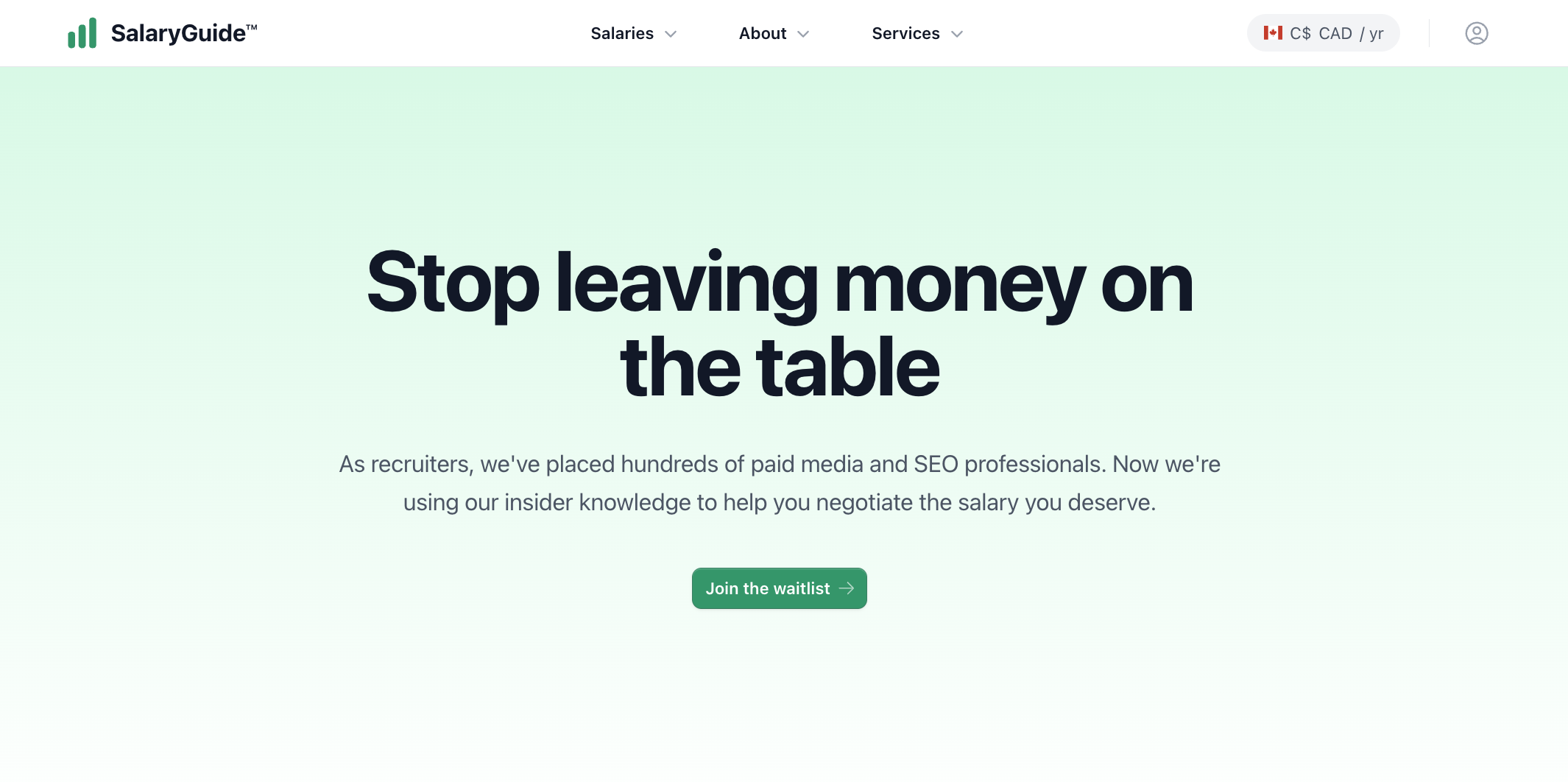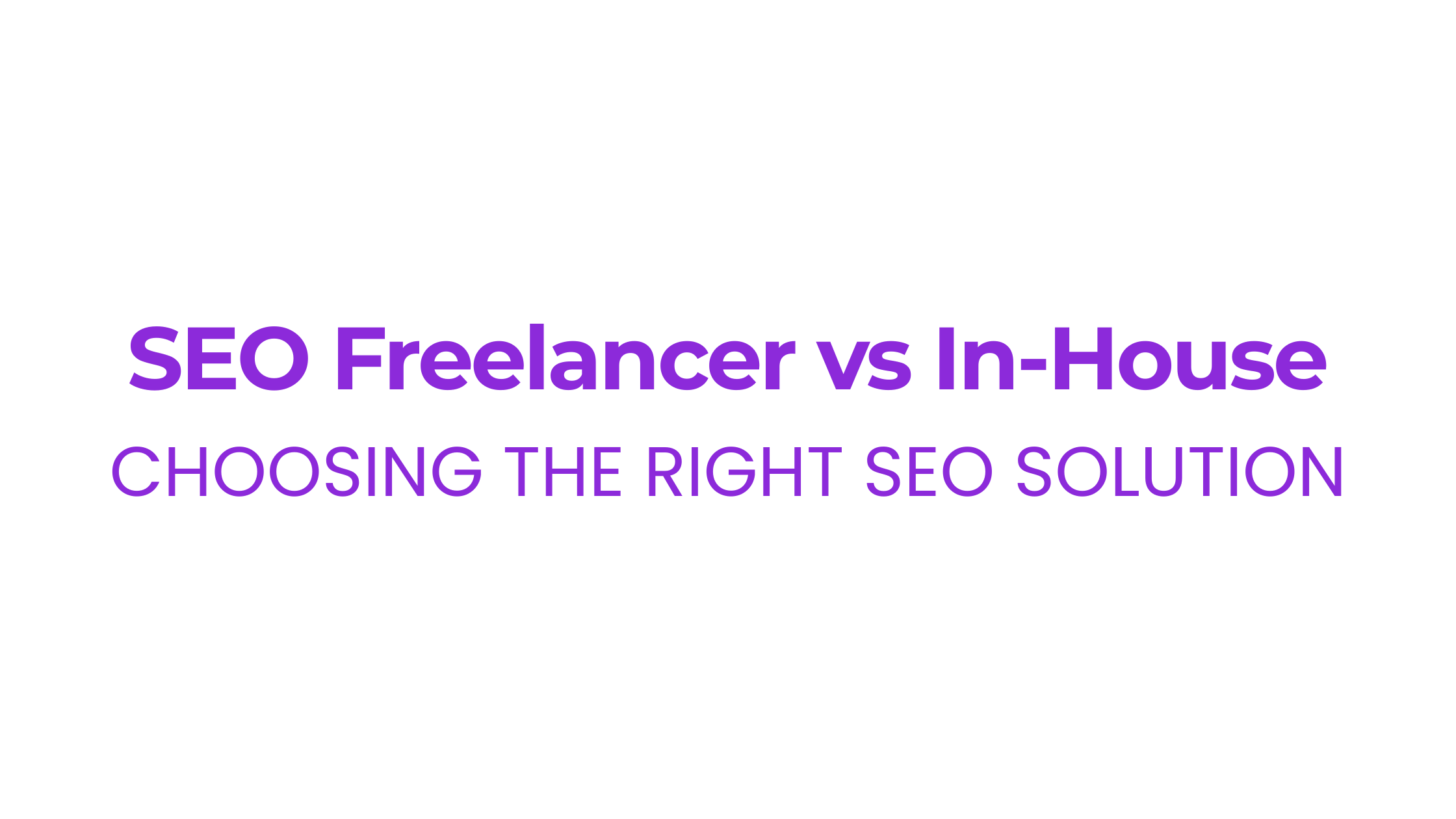TL;DR
Your SEO-agency pitch deck is your most powerful client-acquisition tool. In 60 seconds, learn the 15 must-have elements – from opening with the client’s problem and crafting an Ideal Customer Profile (ICP) through financial breakdowns, case studies, visual storytelling, and clear next steps – that will help you engage prospects, build authority, and close more deals.
Key Takeaways
Front-load with the client’s problem and ICP insights.
Emphasize your USP and back it with data-driven case studies.
Use clear visuals, concise language, and scannable structure.
End with transparent pricing, a process roadmap, and strong CTAs.
Running a business and acquiring clients can oftentimes, in itself be one of the most stressful of tasks for business leaders.
You want to do something different, and you want people to see that.
You want people to invest in the company, and in turn, invest in you, in your beliefs and vision.
But, how? If you’re looking to streamline your SEO agency and leverage SEO productisation strategies to set your business apart, read on.
With every client pitch equating to your business’ next source of income, client decks are incredibly invaluable to the survival of your business. It’s something that every business goes through, but not every business gets right.
That’s why we’ve sourced the top client decks from some of the most successful SEO agencies and compiled a list of necessities and common traits that their client pitch decks have in common.
Lucky for our SEOs, these pitch decks are from SEO agencies looking to bring in their next client – meaning that the list we’ve compiled for you today is exactly what you need in order to ace your next pitch, land your next client, and take your business to the next level.
But before we begin, let’s explore a few base questions, starting with:
What’s the Driving Force Behind Your Pitch Deck?
This one’s an easy one, and you may be thinking, ‘client acquisition’. While this is the case, ultimately; the most important goal with a good pitch deck is to generate interest.
Even if your potential client isn’t ready at the time to make use of your services, you want them to save your pitch deck, because it caught their attention. You want people to remember you, because through that, there’s a word of mouth that can spread like wildfire.
In essence, a pitch deck is quite literally the biggest asset of a business tool that a company can have. And today, we’re going to explore how to get it right:
Before starting: Create An Ideal Customer Profile
It’s no secret that one of the biggest pain points agencies struggle with is client acquisition – especially when it comes to such a competitive market.
Take a look at HubSpot’s Agency Growth Report, where they highlighted that 60% of respondents claimed client acquisition as their biggest pain point – of those, 621 respondents were based in the U.S, 70 are based in the U.K and 45 in Canada, with the remainder located elsewhere globally.
With this in mind, before even thinking about crafting your client pitch deck, you must understand the market you are targeting and wanting to cater to.
Aim to ask yourself, what are their pain points, and how do I convey that I understand them, and my business can help solve them?
With questions like this, look towards creating an Ideal Customer Profile (ICP). This should be the core that your client pitch will be designed around.
Aim to research, explore and record:
Who you’re targeting, who you need to speak to within the team, and what they may be struggling with.
What the company and team (as a larger entity) may be struggling with.
Personal characteristics such as their values, brand identity and mission.
Company information such as their industry, location, general revenue level.
To do this, you can make use of industry research, tools like Google Search Console, SEMrush, Moz Pro, reports and social media accounts, customer discussions/reviews or online communities, email conversations, CRM data, interviews/webinars, and simply, their website.
Keyword research, competitor analysis, and technical SEO audits.
Crafting the Perfect Client SEO Pitch Deck
Now that you’ve gathered all your most important data on who you’re targeting and speaking to, this will assist you in your tone of voice, assist you in enhancing your business’ USPs and keyword strategy to the client’s pain points, and much more.
You’re ready to begin crafting your perfect client pitch deck to walk into a presentation with confidence.
Now that we’re ready to start crafting, here are 15 of the most common characteristics found in top SEO agency client pitch decks, that you should aim to include in yours:
Start with the Client’s Problem
Like in the beginning of this post, we began with a problem–and not just any problem, your problem that you are facing. It’s what drew you into this read, and it’s what will draw your prospective client into your pitch. Plain and simple – they don’t care about you, they care about their problems. Likewise, you may not even know who wrote this article, but you want to know how to solve your problem.
This same approach must be applied when designing your client pitch deck. Before even considering introducing yourself, start with their problem.
A few examples that we drew from other successful client pitch decks quickly start with the following statements on their first slide:
a) Why We’re Talking
b) Why Our Clients do Better
These are genius ways to creatively avoid the same redundant sentence of ‘here’s how we can help you’, and rather grab the viewer’s attention and bring them into the conversation. It creates a little head-jerk reaction, just enough for them to hear you out.
And then you dive in with the problem they’re facing – drawing them even further into the conversation.Emphasize Your Unique Selling Proposition (USP)
Next, you want to offer them their solution on a silver platter–this being your USP.What makes your solution unique and effective?
What structure(s) do you make use of that your team has streamlined and perfected?
What makes this approach different from the rest?
Aim to give this information to the prospective client while still keeping the terminology lean towards their end, so that they understand and you don’t lose their attention.
Incorporate Client-Centric Research
Make sure you’re incorporating some of that research from earlier–their ICP. Reel your listeners in even further by expanding on the problems they face, who their target market is, and offer how your USPs can directly assist and supplement those needs.Balance Education and Relatability
Perfect the balance of educating your listeners while also using terminology that they relate to and can empathize with. You want to draw into their emotions, and add value by also teaching them about your industry and services.
If you need to, write down terms you’d like to use (from a client’s side) and terms you’d like to teach (from your industry) on a list, and balance the list before incorporating it into the pitch.Create FOMO through Future Vision and Missed Opportunities
Incorporate strategies and sales (this is where you can really go personal). You want to show them the future, and you want them to see the opportunities that they are missing out on, due to them not having your company as a resource.
So, in essence, you want to create FOMO (fear of missing out) through two funnels:
FUTURE: what their future will look like in 6 months to a year with your assistance.
MISSED OPPORTUNITIES: the opportunities that they could be open to, with your resources.Competitive Analysis
Show them their competition – who’s doing better than them, and why? How can your services help level the competition field?Case Studies and Success Stories
Then throw in some case studies and success stories to emphasize your company’s approach and cement the potential clients’ belief in your business.
Try not to overdo it, rather aim to have 1-2 really great case studies, rather than bore a client through 4 or 5 examples.Financial Breakdown or Package Options
After selling them the dream and leaving them feeling elated, you can now begin the part of the pitch that would have made them shift in their seat (were it not for the amazing pitch that prepared them for this part): the finances.
You should include a form of a financial breakdown in your pitch–if not, at the very least explore package options. This will help the client understand your backing for the fees required.Visual Storytelling
Make use of key terms, visuals, colors, graphics and design to develop a thorough storyline through the flow of your presentation in order to further cement the emotional captivity of your potential clients.
Tip: including slides with a single quote or image as breathers between each ‘chapter’ of your presentation will greatly help the audience in digesting your information and preparing them well for the next section. Make sure that these breathers are intentional, using the quote/image intentionally to lead and prepare them for the next section to come.Build Authority
Bring in a sense of authority – why are you the best option for the service provided? This is something to mention above and beyond your USPs. This can include personal projects that you’ve been working on, etc. That highlights the passion, value and drive of your team.Transparency and Values
Include your transparency, values and beliefs–enhancing the trust–factor of the client.Meet the Team Section
Make sure to also include a ‘meet the team’ section, where you show pictures of each teammate, their job role and a bit of a job breakdown. Only include the senior teammates that are directly dealing with the client.Client Testimonials
To build further authority, including reviews or testimonies of other previous clients in your pitch can also help to ‘sell the dream’ to your prospectProcess Roadmap
Draw out a process for your clients. Don’t end on a ‘thank you’, or ‘contact us for further information’, or end-off with your contact details; rather, show them the next step in their journey, as though they’re already a client. Where do they go next, and what’s the step after that look like? Include a rough graphic of the clients’ journey, inclusive of reporting, insights, areas where you would like to make adjustments or bring in recommendations, etc.Show them the journey, the timeline and milestones.
Additional Resources
Lastly, include hyperlinks to additional resources, urging your audience to their next step in the journey. This shows that, if they are interested and would like to know even more, that there is something tangible for them to look at. This could even be a lead magnet–the options are in your court.
Looking to go the extra mile?
Make sure to keep your presentation unique to the client–incorporate as much research or visual stimulation in alignment with the prospective client as possible. This will help them to already see your team as a part of their team, and further their interest in your services.
We hope these tips have helped spark some ideas and help guide you in the right direction for your next pitch.
Now, you can confidently face any prospective client and win them over.
Below, we’ve added an additional resource for your benefit:
A checklist to go through when creating your SEO pitch deck 👇
FAQs
Q1: What is an SEO-agency pitch deck?
An SEO-agency pitch deck is a structured presentation that outlines your agency’s approach, showcases USPs, and addresses a prospect’s pain points to win new business.
Q2: Why is an Ideal Customer Profile (ICP) critical?
An ICP ensures your content speaks directly to a prospect’s challenges, increasing relevance, engagement, and conversion rates.
Q3: How many case studies should I include?
Include 1–2 high-impact case studies with clear metrics (e.g., traffic growth, rankings improvements) to maintain focus and credibility.
Q4: What should I avoid in my pitch deck?
Avoid starting with credentials, using unexplained jargon, overloading slides with text, and failing to map out next steps for the prospect.



